Insects and Many More by Guilhem Duvot
For the love of nature, Guilhem Duvot has been busy traveling around the world for the last few years. He went to remote islands, forests, mountains, and deserts to document wildlife habitats, mostly for conservation efforts, with his camera. He particularly loves insects and is always on the lookout for these little creatures.
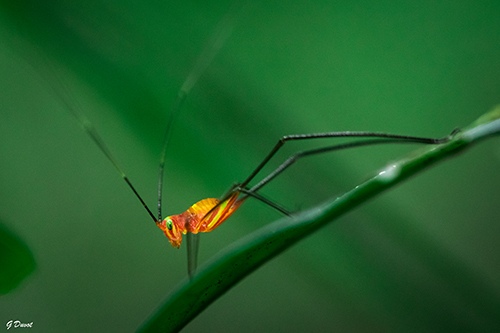
Though he humbly regards himself as an amateur photographer, over the past few years he has captured numerous absolutely astounding photographs; one of his photos won him the Year Shortlist for UK Royal Society of Biology′s 2018 Amazing Annual Photo Contest.
Recently, I caught up with Guilhem and interviewed him by email exchange. I hope you enjoy reading Guilhem′s enthralling and unique experiences as a biology photographer.
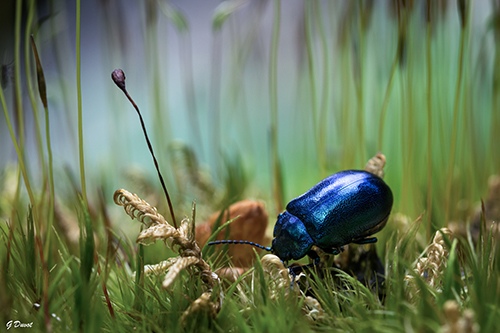
Q: You are a biology photographer working with scientists; frequently on expeditions. Please tell us about your line of work. How and when did you start this career path? What part of the work excites you the most?
A: I finished my ecology masters in 2015 and instead of going straight for a Ph.D. or a job in France, I decided to travel and volunteer for conservation around the world. The situation of nature on the planet concerns me a lot and I always valued experience and traveling far more than money. I thought it was the best time to do this. Since then I have traveled and worked in a few continents but mostly in jungles which I am particularly affectionate. Most of the time I worked for NGOs or Universities, for conservation programs or behavioral studies.
What part excites me the most? It′s probably to work in very remote areas, see things that almost nobody sees and go where nobody goes. This is actually the reason why I started photography. I thought all was worth being shared and it was easier to do it through pictures.
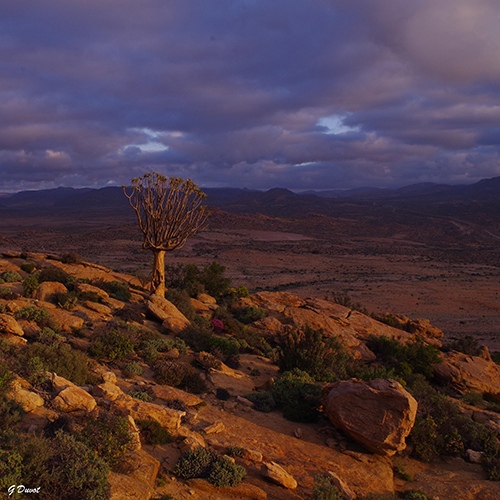
Q: From your photo portfolio, we can see you have traveled to many continents, deep into the jungle, deserts, and mountains. Please share with us some memorable moments and where you call home and why.
A: When you follow primates in the forest you will encounter many other species as well, probably because, as you already move along with wild animals, they don′t smell you or are not as scared as if you were alone. On occasions, you can get very close if you stay calm and respectful. In this way I met with forest elephants, bonobos, Sun bears and Orangutans; these will remain amazing memories forever.
Sleeping in the deserts of South Africa and Namibia was also a wonderful experience. There was no one around those immense stretches of drylands and the sky at night was absolutely fantastic. I guess France is still my home and I love to come back but quickly I feel the urge of traveling again.
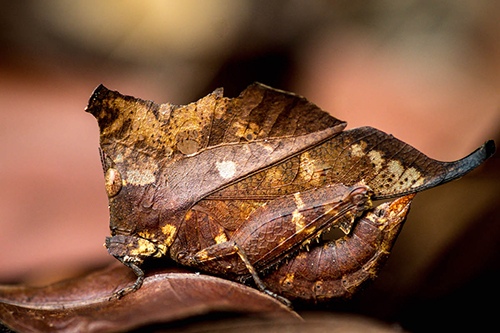
Q: Your ″Dead leaf or almost″ won the Year Shortlist for the UK Royal Society of Biology′s 2018 Amazing Annual Photo Contest. Please tell us the characteristics of this photo and under what conditions you took it.
A: I always have my eyes scanning around for insects or details; I can′t help it. Thanks to this, I spot many little things that other people would usually not notice. This comes from my very first passion, entomology (the study of insects).
It happens often that while talking with someone or doing something completely different I suddenly jump and run towards a place where I saw a little bug hiding.
I got this picture under those conditions. It was fortunate that I noticed this forest cricket because its camouflage is perfect. Only one of the dead leaves was moving a little bit more than the others.
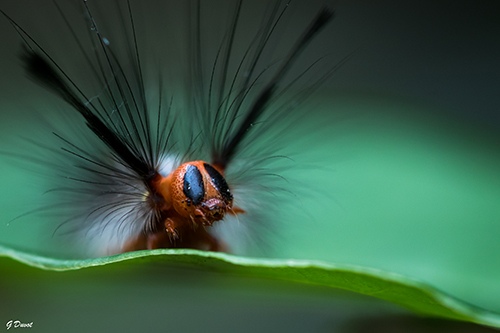
Q: What kind of equipment do you need to have in order to take such vivid photos of insects? How do you take those photos without disturbing these little creatures?
A: I have different lenses to adapt to any situation. I own a macro lens (Canon 100mm F2.8), a wide-angle (16-35 f4) and a telezoom (70-300 L f4-5,6) which allow me to cover different ranges. But this investment was recent and I used to have Pentax gear of lower quality (like for the picture mentioned in the previous question) but all of it died because of the humidity in the jungle.
Using a tripod is also very important; the light is so low in tropical forests… In my opinion, It′s the most challenging habitat for photography.
The 100mm range of the macro lens allows me to take pictures of small things without being too close. It′s great for insects like dragonflies, butterflies or grasshoppers that tend to fly away as soon as they feel disturbed. But the most important thing is to move slowly, not precipitate … Quick movements will scare animals. And If you want to get closer you have to do it gradually. 1m, waiting, 70 cm, waiting, 50 cm, etc, etc… until you are at the position you want.
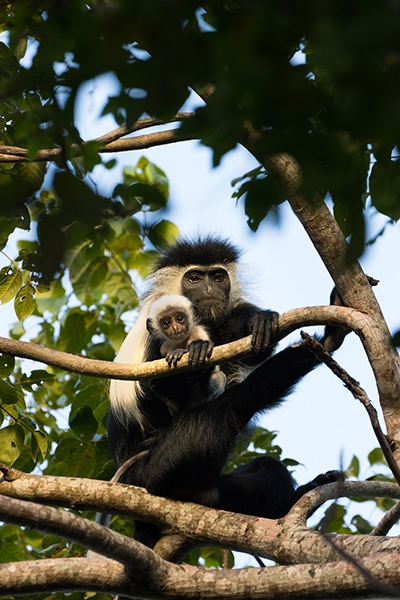
Q: When you took photos of bonobos in Congo and Orangutans in Indonesia, you had to follow them on a daily basis. How did you get close to them? Did you have to spend a period of time with them so they got familiar with you before you took photos?
A: The populations I worked with were already habituated for research. They are wild but used to having people following them to record their behavior. This is the best opportunity for taking pictures. If you are alone and quiet with them, the most habituated individuals won′t pay attention to you anymore.
This is truly an amazing experience!
Q: In your opinion, what does it take to be an excellent biology photographer? What are the challenges?
A: In my opinion, there are no rules in photography, everyone has its own approach. Some people like to hide for hours waiting for the perfect picture, I prefer to explore slowly around the forest and see what I can find.
The most important thing is to do it for yourself first of all. If you are happy about what you are doing nothing is more important.
Then, of course, there is a little bit of technique involved. You have to be a good observer, be patient, anticipate the moves of animals if you can and know how to set your camera according to the conditions. For instance, as I mentioned before, the light is the big limiting factor in the jungle and getting settings right is primary if you want sharp pictures without too much noise in it.
The second most important thing is to try again and again. Taking many pictures, trying different things is how you improve. I rarely go somewhere out of civilization without my camera. I still consider myself a beginner in many respects and I love to see how much I learned after every trip.
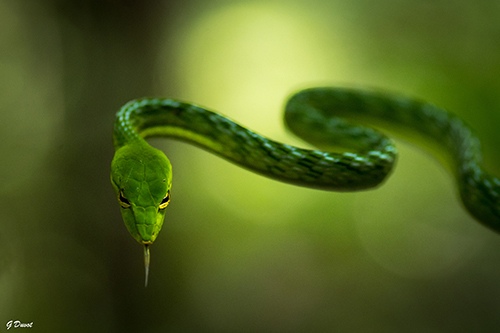
Q: By combining science with photography, you not only faithfully portray the characteristics of wildlife but also incorporate artistic elements in your photography. How do you achieve that? Have you had art training before?
A: I try to capture the beauty of nature as I perceive it at the moment. I like to think that nature is a wonderful artist and you just have to look around you to find its treasures. With photography, I try to show everyone how beautiful and diverse biodiversity is and how worth it is to be protected in the current alarming global situation.
I never had any art training. I started photography in 2016 and learned from trying, often failing and again before all, simply following what I love to do.
Q: What kind of characteristics of your subjects capture your attention the most; patterns/shapes, irregularities or something else?
A: Everything that catches my eye! I don′t necessarily go for the spectacular, I also love the little details or scenes/compositions that instantly remind me of the ambiance at that moment.
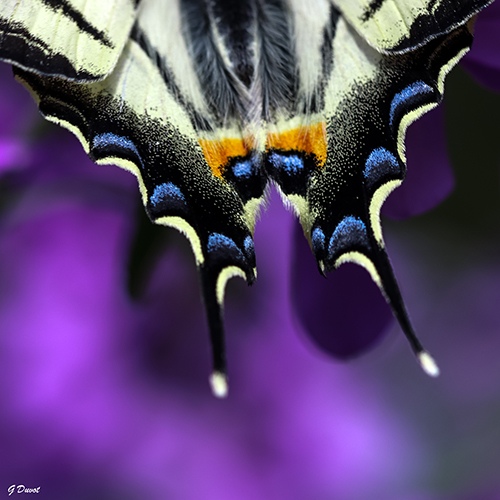
Q: Please share with us your next expedition and the place you wish to explore.
A: I will go to Brazil, in Minas Gerais, in August for a month, to work on titi monkeys (Callicebus nigrifrons).
And then we will see but a project in Bolivia is in discussion… I am actually waiting for my girlfriend to finish her Ph.D. (hopefully October) so we can start a project together. She is a primatologist.
I would love to work with Gorillas one day. I am very curious about them. I would like to see the differences with the other apes I already know…
To be honest I would like to explore the entire world…
Q: Do you exhibit your photos? If yes, where? If not, can people purchase your prints online?
A: Not yet… My website was mostly done for friends and family, I never thought of doing photography professionally. I would love to but I also know how difficult it is. For the moment it′s safer to keep it only as a passion and I stay open for any opportunity! Maybe one day…
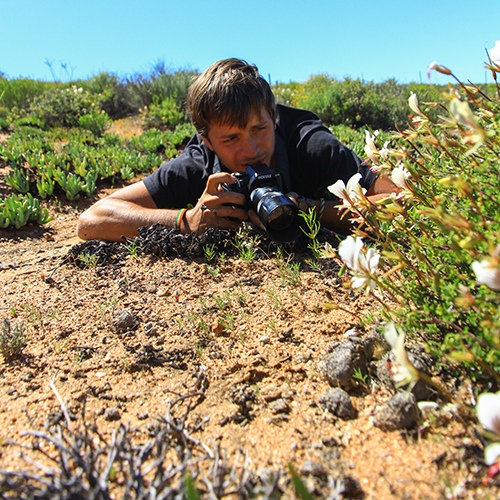
Guilhem′s Website
More prints are available at art.planetfinds.com. ![]()